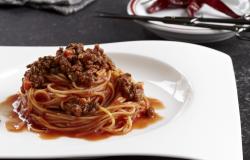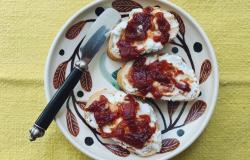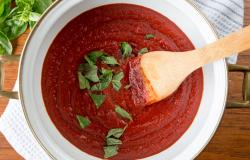This White Pesto From Liguria is a Prime Example of “Cucina Bianca”
Difficulty Level
Low
Cooking Time
10 minutes plus cooling
Cost
Medium
I often think of Ligurian cuisine as “green.” Green as in classic pesto Genovese; as in the prominent use of herbs like basil, marjoram and borage; as in torta Pasqualina, the savory Easter pie made with tender spring greens or baby artichokes. The climate of this rugged place along Italy’s northern coast — lots of sun and sea breezes — makes Liguria a colorful paradise, in which herbs and citrus grow in abundance.
But there is another food story here. Venture i




